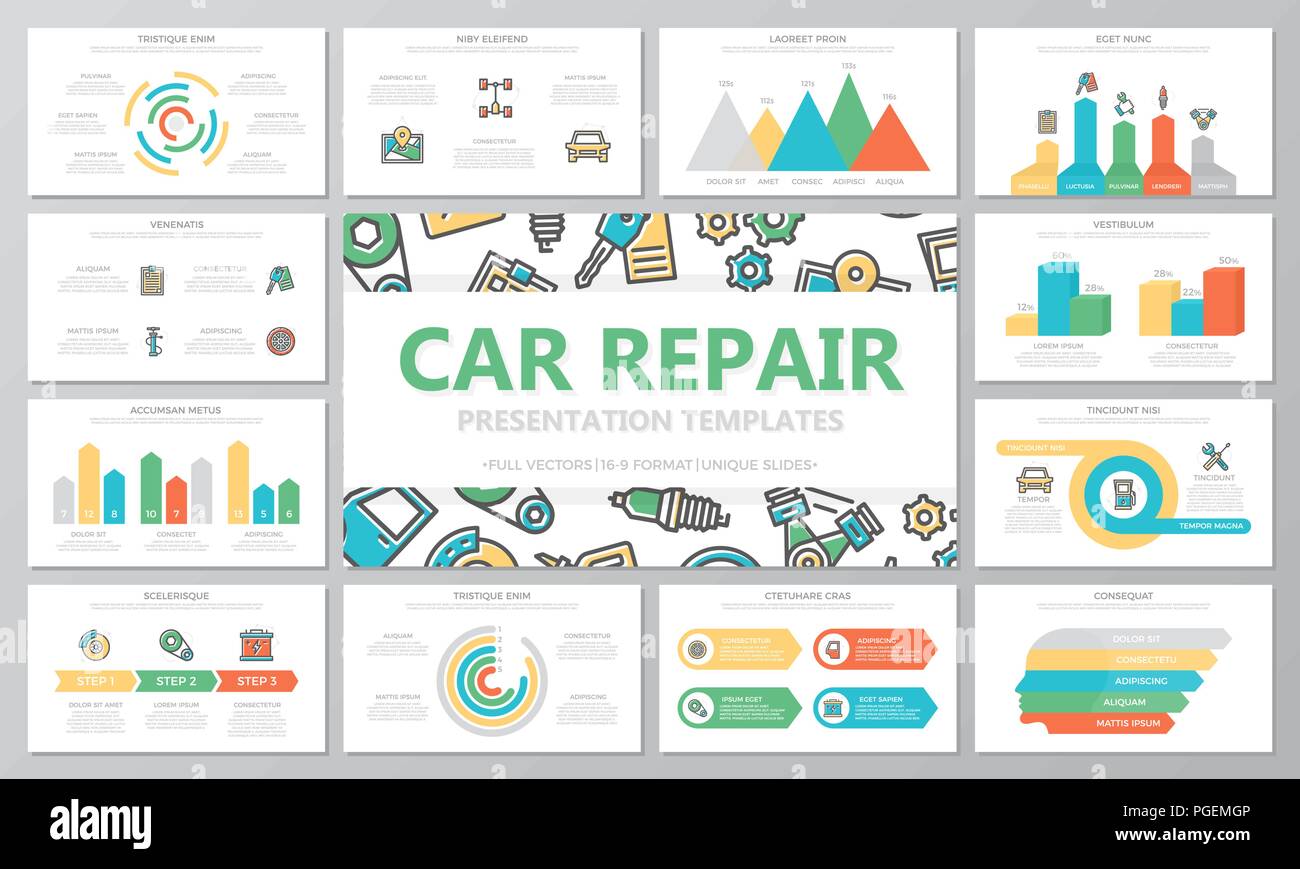Analyzing Your Cars And Truck'S Caution Indicators: What They Really Convey
Analyzing Your Cars And Truck'S Caution Indicators: What They Really Convey
Blog Article
Authored By-Termansen Forbes
When you're behind the wheel, those glowing warning lights on your control panel can be a bit perplexing. Do you understand what they're trying to tell you about your car's health and wellness? Understanding the importance of these lights is crucial for your safety and security and the durability of your car. So, the following time among those lights turns up, would not you want to decode its message accurately and take the required steps to resolve it?
Common Warning Lights and Interpretations
Recognize common caution lights in your vehicle and understand their definitions to make sure secure driving.
One of the most typical warning lights consist of the check engine light, which indicates issues with the engine or discharges system. If this light begins, it's critical to have your vehicle examined without delay.
The oil pressure advising light suggests low oil pressure, needing immediate attention to prevent engine damages.
A blinking battery light could recommend a damaged charging system, potentially leaving you stranded if not dealt with.
The tire stress monitoring system (TPMS) light signals you to reduced tire stress, influencing lorry security and gas performance. Neglecting this might bring about harmful driving problems.
The ABS light shows a problem with the anti-lock stopping system, compromising your capacity to stop quickly in emergencies.
Lastly, the coolant temperature level advising light warns of engine overheating, which can cause extreme damage otherwise settled quickly.
Comprehending these usual caution lights will certainly assist you attend to issues immediately and maintain risk-free driving conditions.
Relevance of Prompt Interest
Comprehending the typical caution lights in your auto is just the primary step; the relevance of immediately addressing these warnings can not be emphasized enough to ensure your security on the road.
When a warning light illuminates on your dashboard, it's your automobile's method of interacting a prospective issue that requires attention. Disregarding these warnings can bring about a lot more severe problems down the road, compromising your safety and possibly costing you extra in repairs.
Trigger focus to warning lights can protect against breakdowns and mishaps. As an example, a blinking check engine light can suggest a misfire that, if left ignored, could create damages to the catalytic converter. Addressing this without delay can conserve you from an expensive repair.
Likewise, a brake system alerting light might indicate low brake liquid or used brake pads, critical components for your safety when driving.
DIY Troubleshooting Tips
If you notice a warning light on your control panel, there are a few do it yourself repairing ideas you can try prior to looking for professional help.
The very first step is to consult your car's handbook to understand what the details caution light indicates. Often the concern can be as simple as a loosened gas cap triggering the check engine light. Tightening up weblink may solve the trouble.
Another typical concern is a low battery, which can cause numerous advising lights. Checking the battery links for corrosion and ensuring they're safe and secure could deal with the trouble.
If a caution light lingers, you can attempt resetting it by separating the vehicle's battery for a couple of minutes and afterwards reconnecting it. Furthermore, inspecting your lorry's liquid levels, such as oil, coolant, and brake fluid, can assist troubleshoot cautioning lights related to these systems.
Verdict
In conclusion, comprehending your car's warning lights is essential for keeping your vehicle running smoothly and securely. By promptly addressing these notifies and understanding what they mean, you can stay clear of pricey repair services and potential failures.
Bear in mind to consult your car's guidebook for specific information on each alerting light and act accordingly to make certain a hassle-free driving experience.
Stay educated, remain secure on the road!
